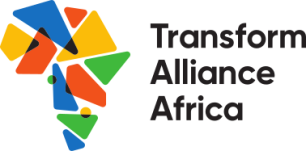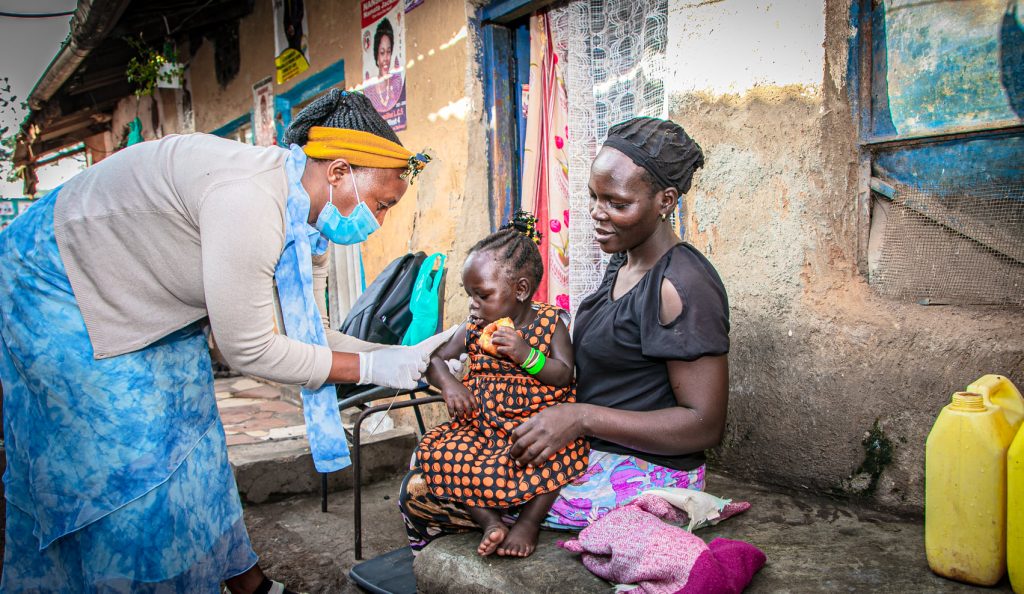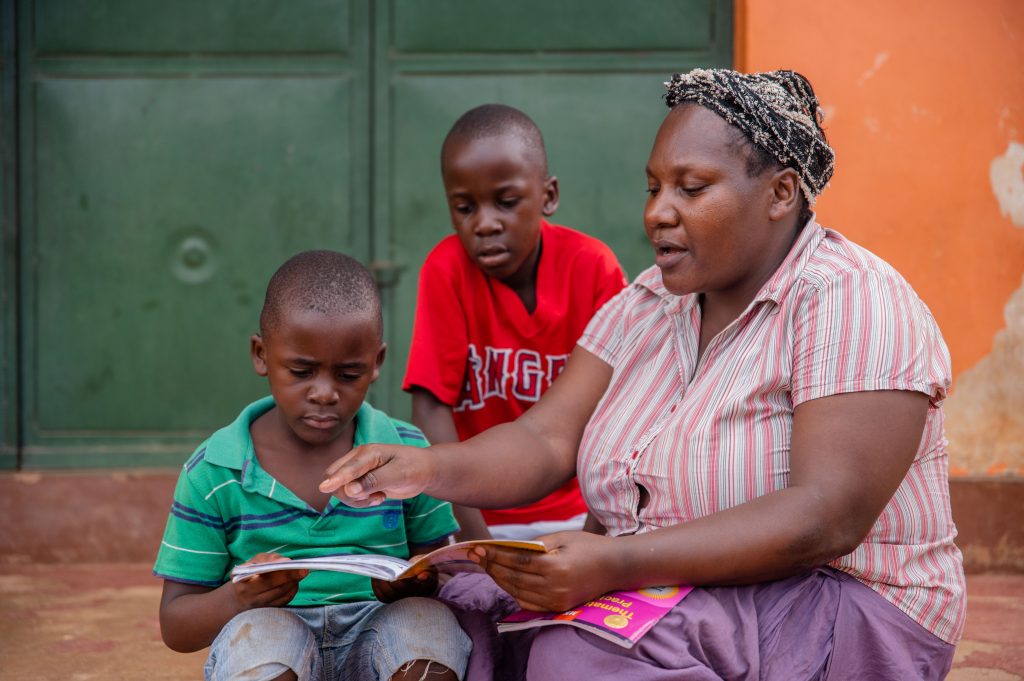‘Leave no child behind for Africa’s development’ is the theme guiding the commemoration of the Day of the African Child in 2018. This is a call to Member States to ensure that no child is left behind in the drive towards sustainable economic development. This is particularly important in the African context where children form the majority of Africa’s population. It is a reminder to partner states that the SDGs and other development agendas cannot be achieved without particular attention to the specific needs and concerns of children, including the poorest and most vulnerable children.
At CCR, we work towards building a community of protectors who take action to protect the best interest of the child and work with government to govern in the interest of women, children and youth. We are members of the Transform Alliance Africa and we believe that every child deserves to grow up in a safe loving family as only a family can provide the love, sense of belonging and identity that children need to grow and thrive. Only families can give children the space to play, learn and form trusting relationships – to feel part of a community in which they are valued and feel safe and protected. The TAA has a vision of an Africa in which all children belong in safe loving families.
Many children in Tanzania grow up in orphanages and care homes that are largely unregulated, and where they are vulnerable to exploitation, trafficking, neglect and sexual abuse; and are deprived of their right to a family. A 2011 study revealed that Tanzania has over 3 million most vulnerable children who are living without parental care or at risk of losing it. The findings of the Status of Children in Tanzania Report 2012 estimates that there are a total of 282 children’s homes and are spread all over the 21 regions of mainland Tanzania. There are 11,216 children in the 282 children’s homes out of whom 6,089 are boys and 5,127 are girls.
The number of orphanages has proliferated over the past twenty years in Tanzania. This is particularly visible in urban centers and on the tourist routes of the northern zone. On the ground many people do not understand the negative impacts of institutional care. The common narrative is that these centers save children from harm, because children are often not safe in their own families, further, they offer access to quality education and other services that many families, for reasons of poverty find themselves unable to provide.
Evidence from around the world tells us that using long term institutional care to provide services for vulnerable children fails to protect their best interests and as a result, many developing countries are moving away from using institutions to provide care for this vulnerable population. The evidence also shows that majority of children in care institutions are not orphans. Recent studies say over 80% have living relatives who might otherwise care for them. Countries are reducing their reliance on long term institutional care and instead placing their focus on children growing up in caring, supportive families. This position is supported by various international Conventions and domestic legislation that recognize that the family is the best place for a child, and that institutional care should only be used as a last resort for the shortest time possible.
It is undeniable that normalized violence against children in Tanzania is an issue of concern. Many children who end up on the streets are escaping situations of extreme violence at the hands of parents and authority figures, people who should have protected them. A study carried out in 2009 with children aged 13- 24 years and released in 2011 on violence against children in Tanzania revealed that an estimated 75% of children in Tanzania had experienced some form of violence (physical, sexual, emotional) prior to the age of 18. Without proper support, the long term negative effects of violence can extend into adulthood for survivors and contributes to the likelihood of depression, low self esteem, difficulty in maintaining relationships, anxiety disorders, addictions, personality disorders.
In the same vein, many children who grow up in orphanages and institutions are highly vulnerable to abuse and neglect, even in the well meaning institutions, they can not receive the kind of one on one care and attachment to a consistent care giver that they would receive in families. Institutions catering to larger numbers also tend to see the children as a group. They are not able to provide for the individuals needs but rather cater to the group, the children also lose contact with their community and their way of life. In Tanzania, these children remain invisible in the governments’ agenda and budgets as the majority of children’s homes are privately ran. Another vulnerable group, which is all but invisible, is street connected children who receive little or no services at all from government.
If we consider that the children interviewed almost 9 years ago are the current crop of youth, and young parents a large percentage who are likely to be suffering the long-term effects of childhood abuse. How then can a country like Tanzania hope to achieve our development goals, when a majority of the workforce that we should rely on to spearhead the development is likely not productive. If we fail to invest in child protection, we end up with a generation that is dependent on government for service provision rather than one that is actively engaged in development.
We therefore take this opportunity on the commemoration of the day of the African Child to call upon the Tanzanian government to ensure that they leave no child behind by ensuring that they translate this commitment into budgets and services for the most vulnerable children.


